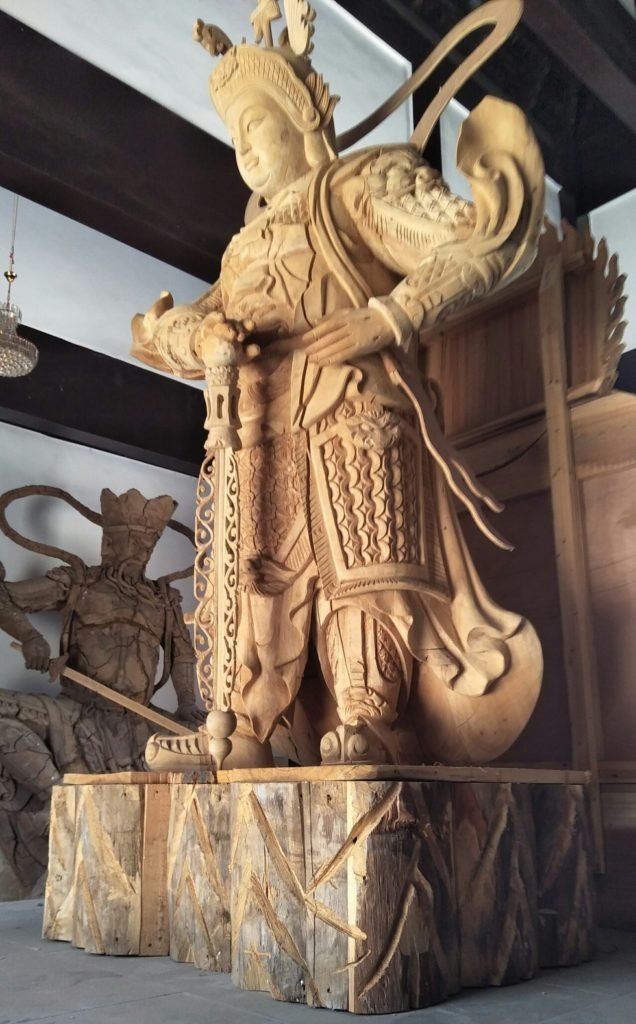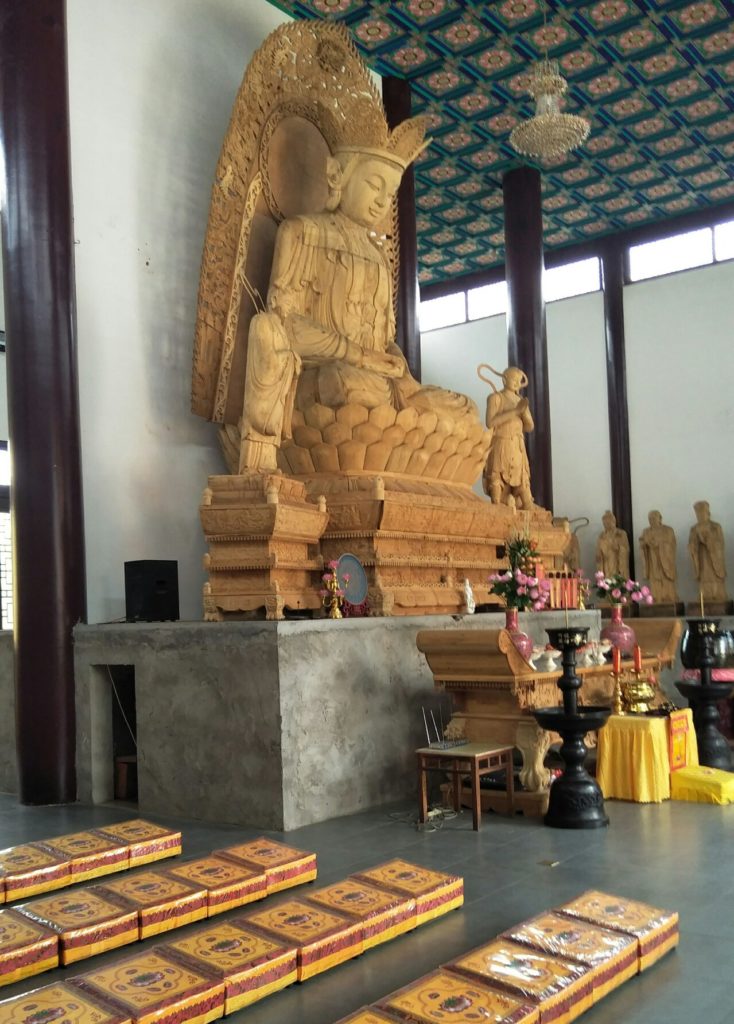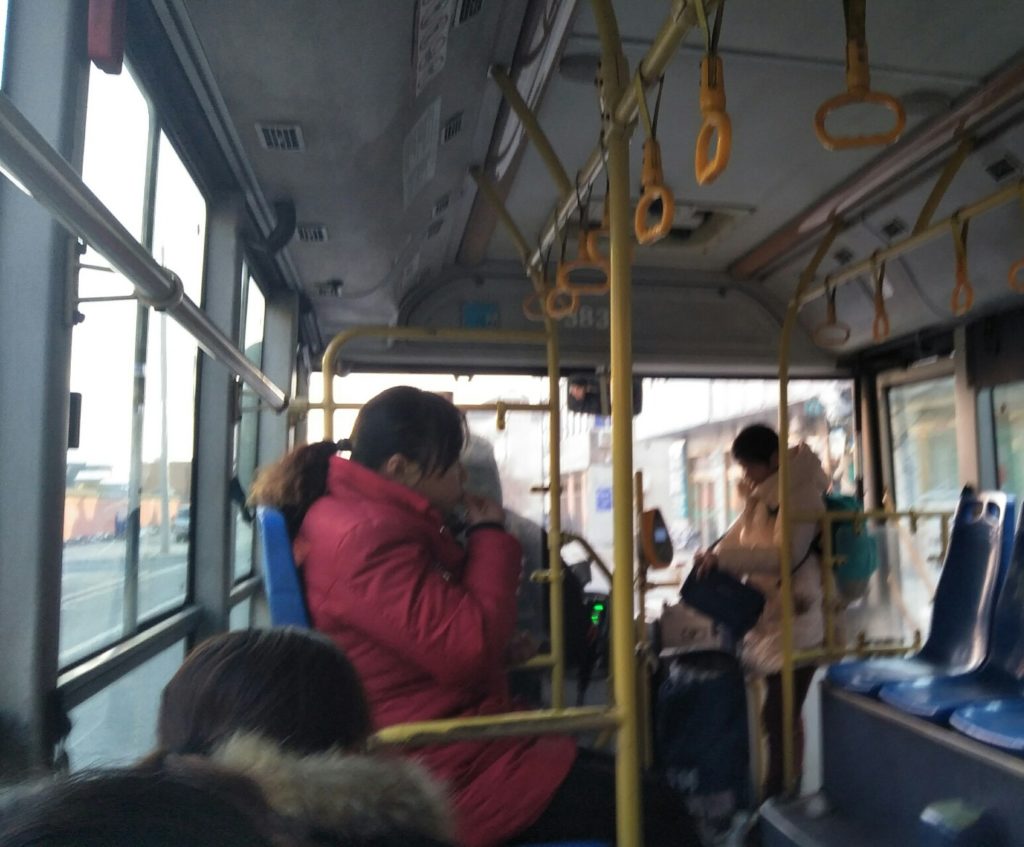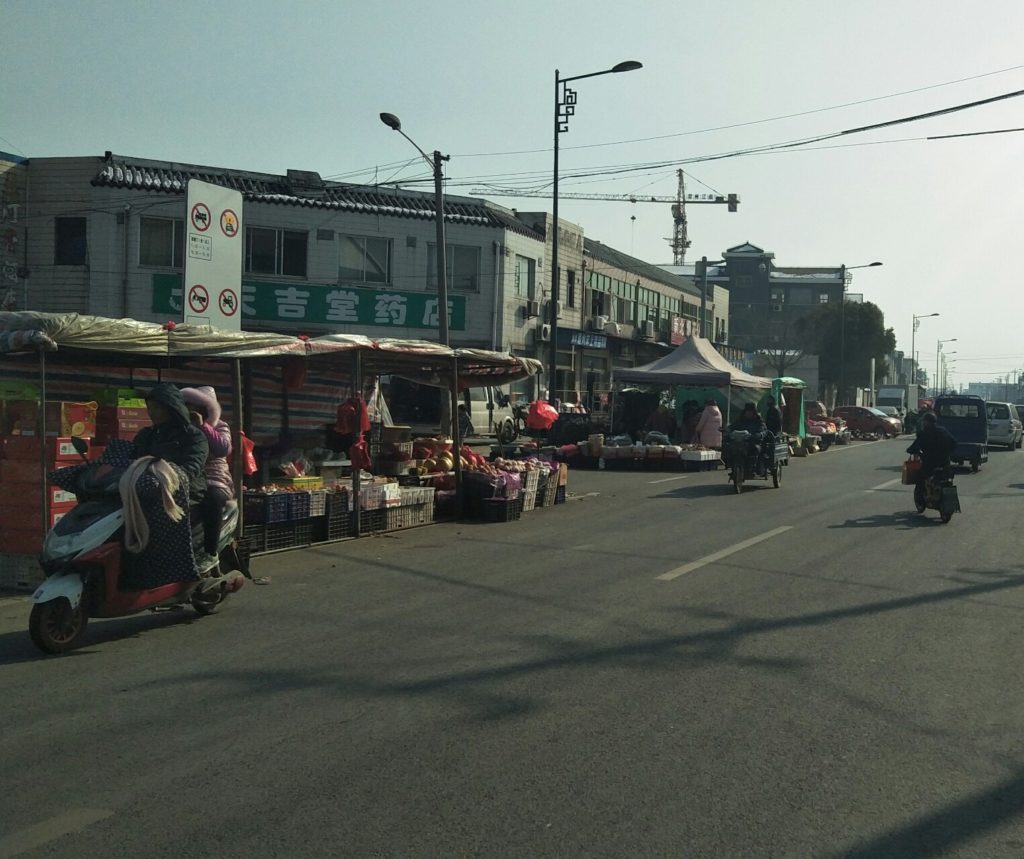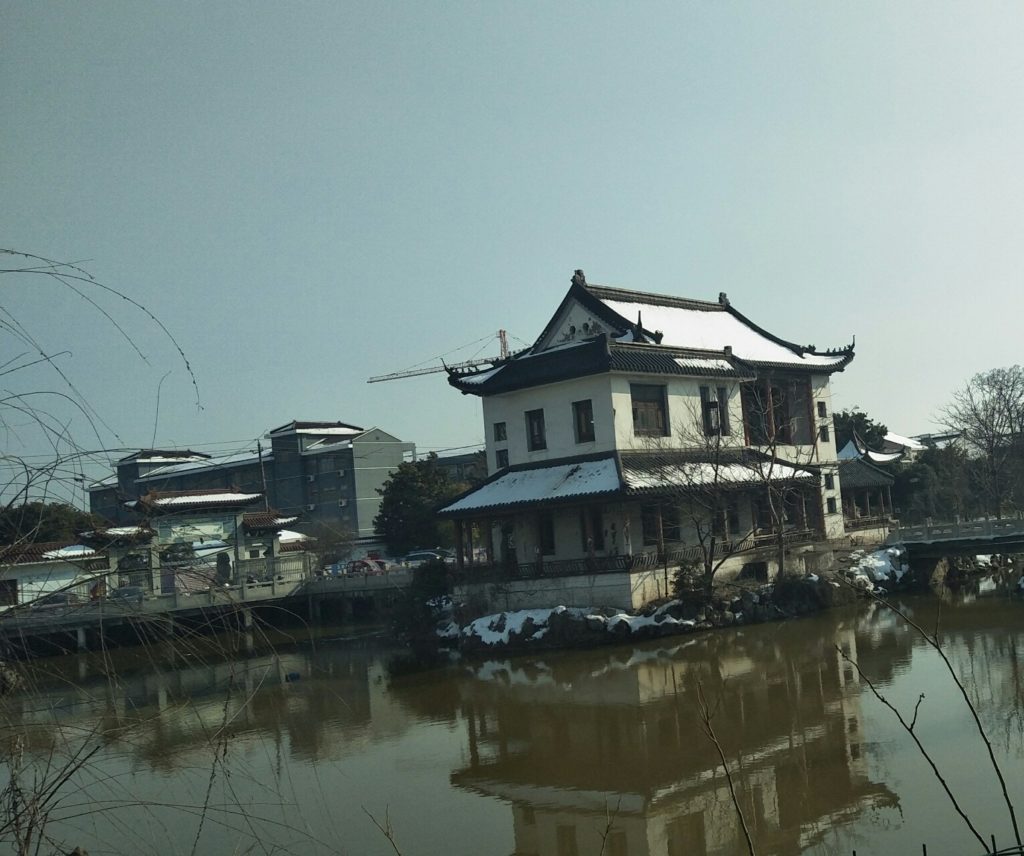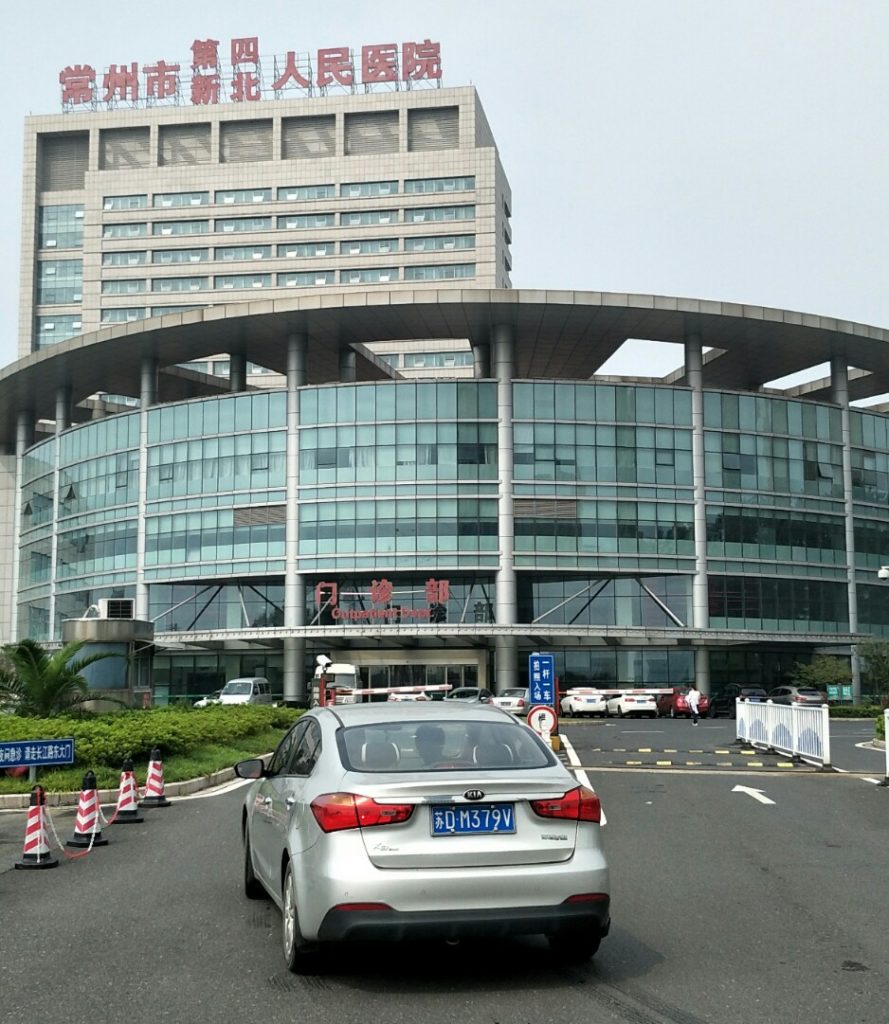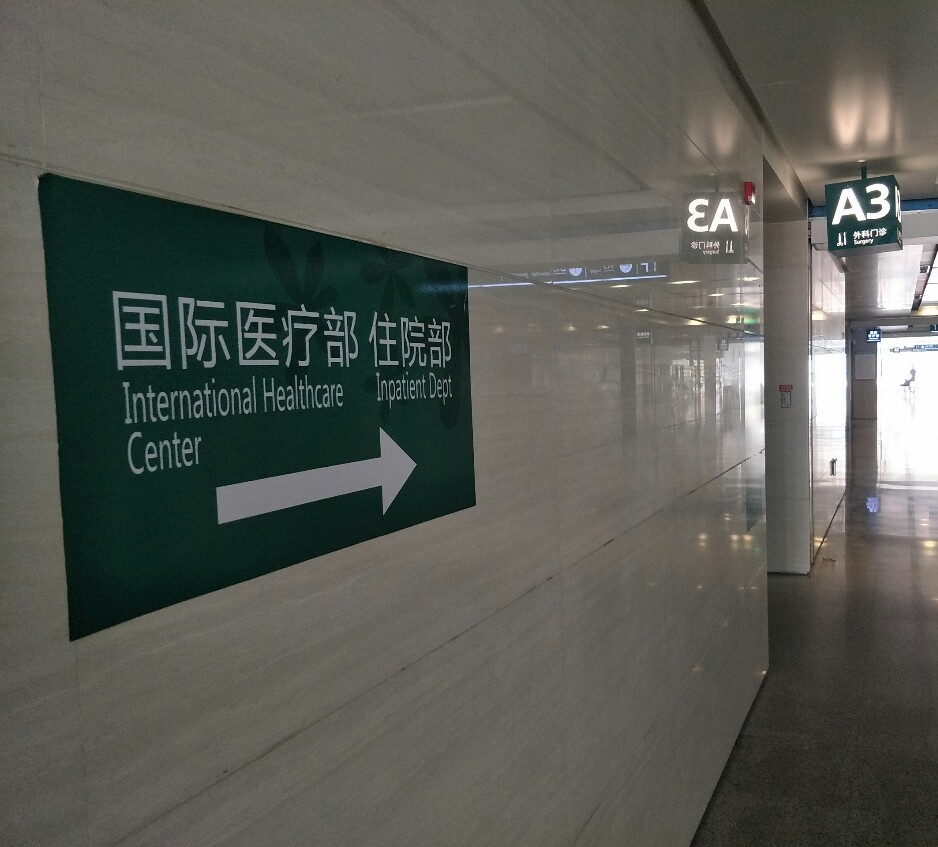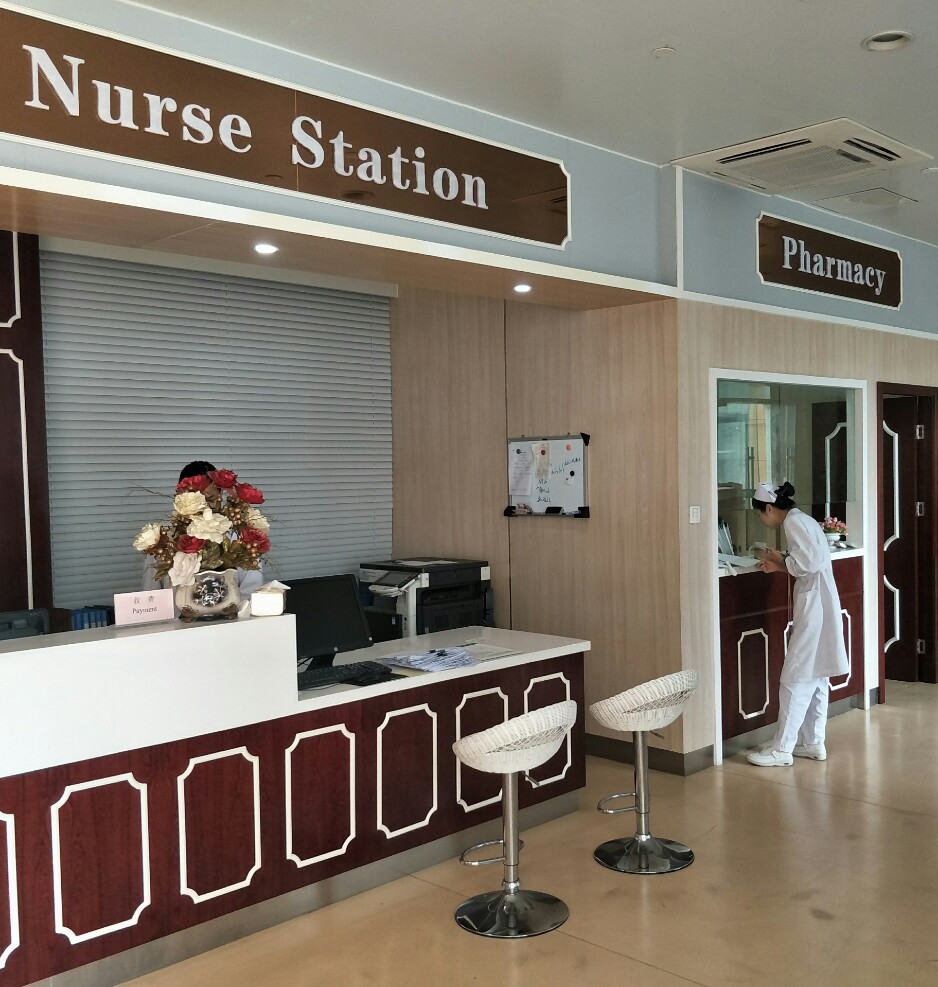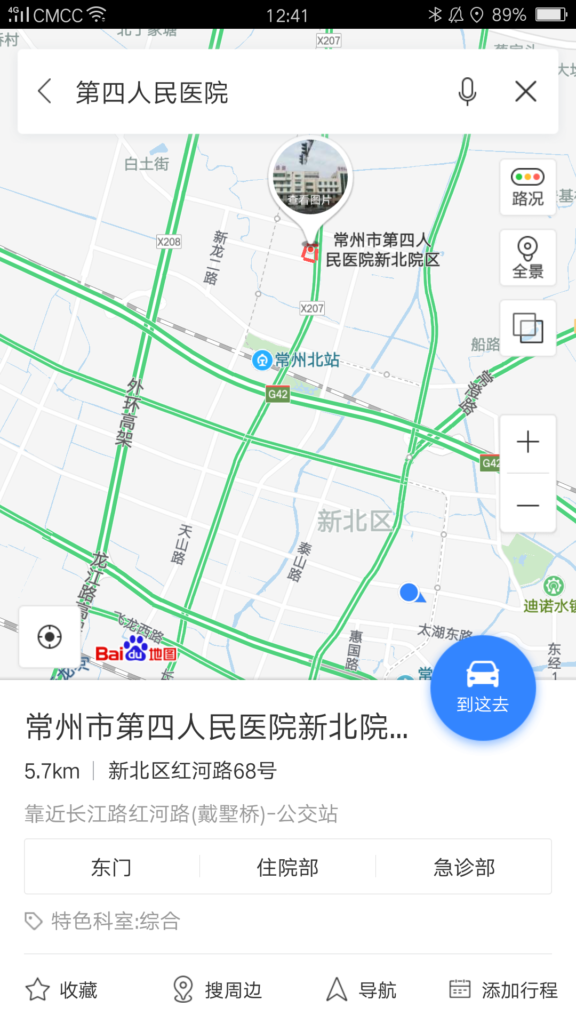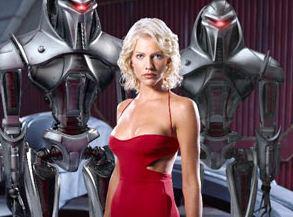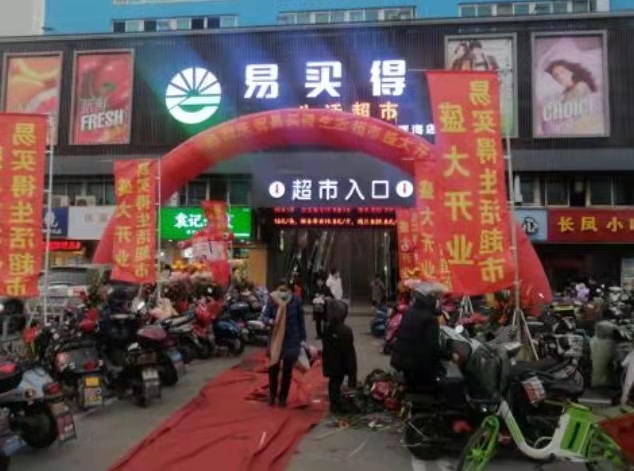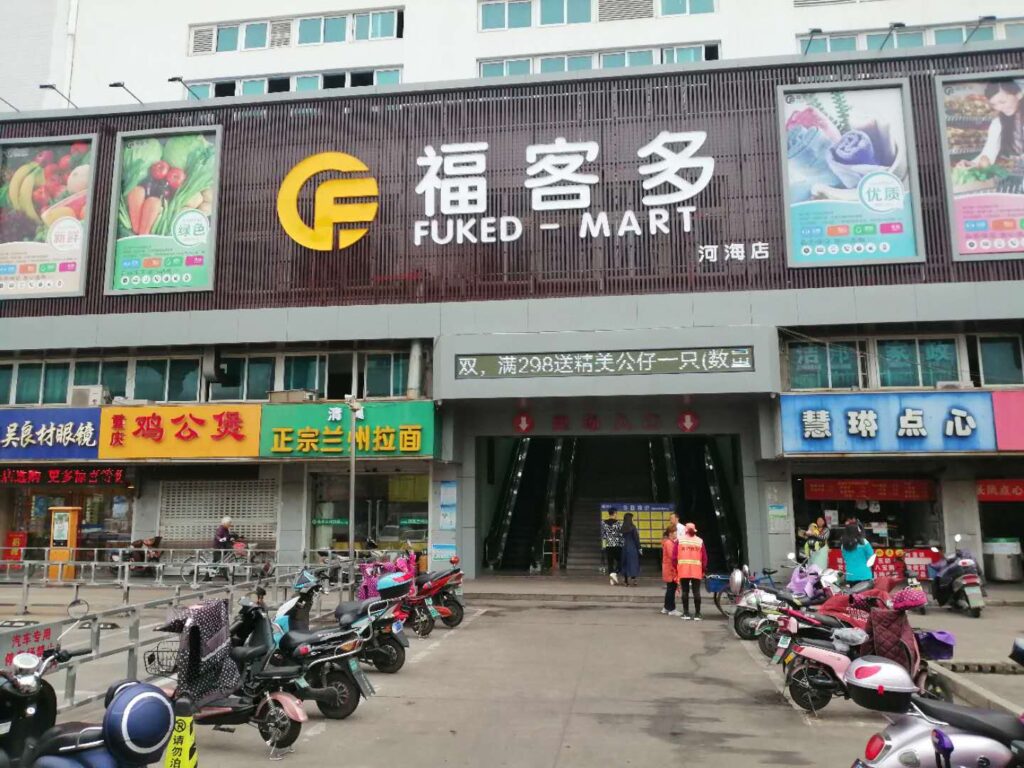This post was originally published in October of 2018. This restaurant still exists.
“One day, I am going to try eel, but today is just not that day.”
This is something I used to say while looking at a sushi menu. Essentially, I would be tempted to be adventuresome and try new things, but I would always chicken out in the end. This was seemingly a lifetime ago, back when I lived in North Carolina and New Jersey. Sushi places seemed few and far between, and I quite often had zero disposable cash. So, the fear was partly economic — why pay a lot of money for something I may not exactly like?
Times change, and now I am in Changzhou. Sushi isn’t really a hard to find, exotic item here. That’s especially true now that I live near Hanjiang Road / Japanese Street in Xinbei. While there are plenty of sushi options to pick from, one place has a great deal to consider.

Pomel has an all you can eat deal for 198 RMB. This is not a buffet, either. You basically have full run at the menu, and you can order multiple times. Both beer and sake are included. Upon a recent visit with a friend, we basically got to have our fill of sashimi…

If you think about how much sashimi grade salmon and tuna can cost, the 198 RMB price tag quickly pays for itself, and that’s not even factoring in beer and sake refills.

And, of course, it’s hard to go to a Japanese place and not order sushi. Then, there is another good aspect of an all you can eat deal.

You can try things out without the fear of wasting money. I have long gotten over trepidation surrounding eel. The friend I was dining with had already introduced me its yumminess on a separate occasion. However, this time, I had the opportunity to try my first couple of cups of warm sake. I also got a chance to sample sea urchin as part of a second sashimi platter. I appreciated the sake, yet raw sea urchin just really isn’t my thing. It’s got the appearance and consistency of — not to be gross — snot. However, I now can say been there, done that and move on. Again, that’s the value of this deal at Pomel — or any other Japanese all you can eat places — you can try things you normally wouldn’t if you were doing ala carte.
















